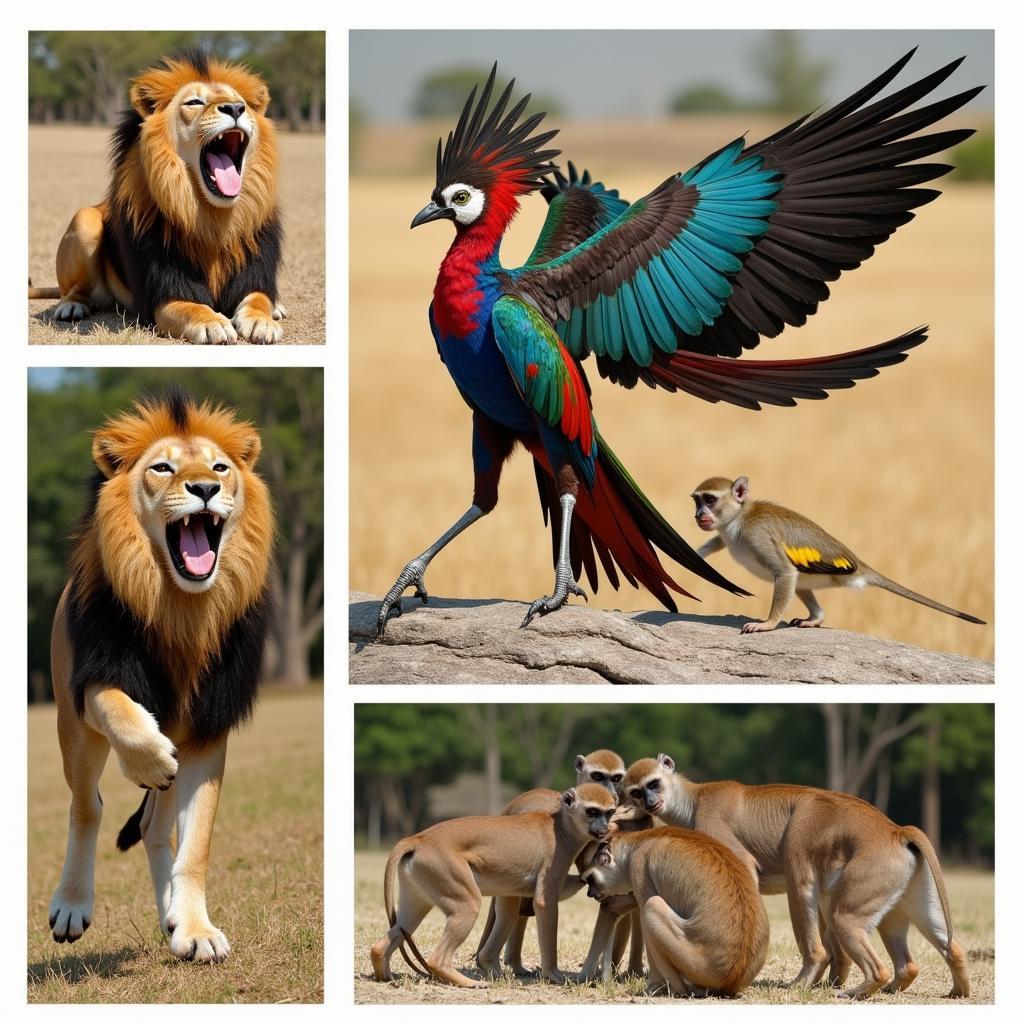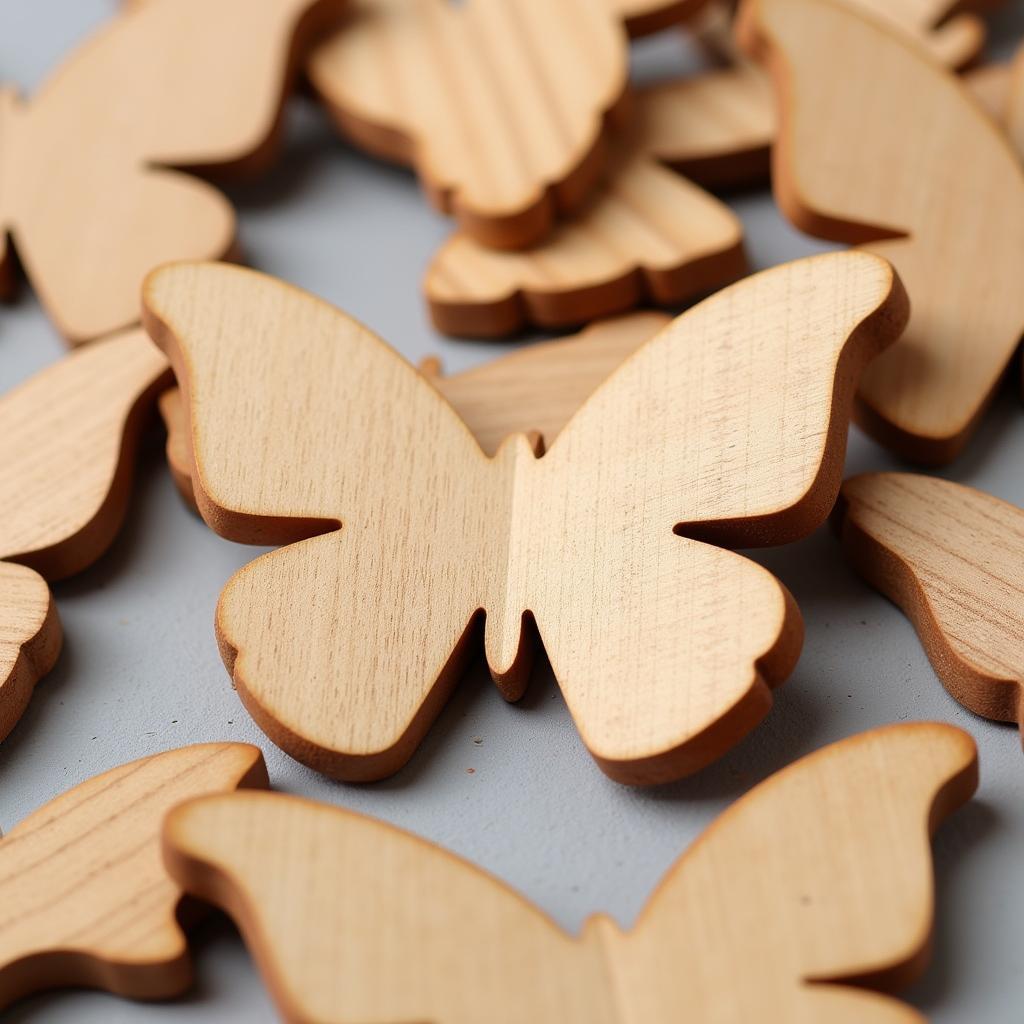The African Ankh: Symbol of Life, Rebirth, and Power
The African Ankh, often referred to as the “key of life” or “crux ansata,” is one of the most recognizable and powerful symbols in ancient Egyptian culture. This iconic symbol, shaped like a cross with a loop at the top, has been interpreted in numerous ways, representing concepts of life, rebirth, eternity, and the power of the divine.
The Origin and Meaning of the Ankh
The ankh is believed to have originated in ancient Egypt, dating back to the predynastic period (around 6000 BC). Its significance is deeply embedded in Egyptian mythology, philosophy, and religious beliefs.
According to Dr. Amani El-Sayed, an Egyptologist at the University of Cairo:
“The ankh was a symbol of life and immortality. It was associated with the breath of life, the concept of the ‘Ka,’ or spiritual double, and the cyclical nature of existence.”
The ankh was often depicted in Egyptian art, hieroglyphics, and funerary objects. It was believed to have protective and empowering qualities, symbolizing the power of the gods to grant eternal life and bestow blessings.
The Ankh in Egyptian Mythology
In Egyptian mythology, the ankh was closely linked to the god of creation, Atum, and the goddess of life, Isis. Atum is often depicted holding the ankh in his hand, representing the power of creation and the bestowal of life. Isis, known for her ability to heal and bring the dead back to life, was also associated with the ankh, symbolizing her connection to life and resurrection.
Uses of the Ankh in Ancient Egypt
The ankh was used in various ways throughout ancient Egyptian history:
- Funerary objects: The ankh was often placed in tombs and on sarcophagi, symbolizing the deceased’s journey to the afterlife and the hope for eternal life.
- Hieroglyphics: The ankh was used as a hieroglyphic symbol, representing the words “life” and “breath.”
- Jewelry: The ankh was commonly used in amulets and jewelry, worn for protection and good luck.
- Ritualistic objects: The ankh was used in various religious rituals, symbolizing the power of the gods and the connection to the divine.
The Ankh in Modern Times
The ankh continues to hold cultural significance in modern times, particularly in the African diaspora. It has been adopted as a symbol of strength, resilience, and cultural identity. The ankh has been incorporated into various forms of contemporary art, music, and fashion, showcasing its enduring appeal and power.
The Ankh in Contemporary Art
The ankh has been widely incorporated into contemporary art, representing a connection to African heritage and a celebration of life. Artists like Kara Walker, El Anatsui, and Wangechi Mutu have all used the ankh in their works, exploring themes of identity, history, and the African experience.
The Ankh in Music
The ankh has also found its way into the realm of music, becoming a symbol of Afrocentricity and pride. Musicians like Erykah Badu, Lauryn Hill, and Common have all incorporated the ankh into their music videos and album art, using it to symbolize their connection to African heritage and their spiritual journey.
The Ankh in Fashion
The ankh has become a popular motif in contemporary fashion, adorning clothing, jewelry, and accessories. Designers like Dapper Dan and Virgil Abloh have incorporated the ankh into their collections, showcasing its timeless appeal and its ability to transcend cultural boundaries.
The Ankh: A Symbol of Hope and Resilience
The African ankh is a powerful and enduring symbol that transcends time and cultural boundaries. It represents the fundamental aspects of life, rebirth, and the power of the divine. Its continued relevance in modern times speaks to its enduring significance as a symbol of hope, resilience, and the enduring power of the human spirit.
Frequently Asked Questions about the Ankh
1. What is the ankh symbol?
The ankh is an ancient Egyptian symbol, often called the “key of life” or “crux ansata,” shaped like a cross with a loop at the top.
2. What does the ankh symbolize?
The ankh symbolizes life, rebirth, eternity, and the power of the divine. It represents the breath of life, the “Ka,” or spiritual double, and the cyclical nature of existence.
3. How was the ankh used in ancient Egypt?
The ankh was used in various ways, including in funerary objects, hieroglyphics, jewelry, and ritualistic objects. It was believed to have protective and empowering qualities.
4. Why is the ankh important today?
The ankh continues to hold cultural significance in modern times, representing strength, resilience, and cultural identity. It has been incorporated into various forms of contemporary art, music, and fashion.
5. How does the ankh represent African culture?
The ankh is a powerful symbol of African heritage and a celebration of life. It is a reminder of the enduring spirit of African people and their connection to the divine.
6. Where can I find an ankh?
You can find ankh jewelry, art, and other merchandise online or at various retail stores specializing in African art and culture.
7. Is the ankh a symbol of religion?
The ankh is a symbol of ancient Egyptian culture and religion. It is not associated with any specific religion today, but it is often embraced by people of various faiths as a symbol of hope and spiritual connection.
Do you have any other questions about the ankh?
If you are interested in learning more about the ankh and its cultural significance, please feel free to contact us. We have a team of experts dedicated to sharing knowledge and insights about African culture and history.
Contact us today for more information!
Phone: +255768904061
Email: kaka.mag@gmail.com
Address: Mbarali DC Mawindi, Kangaga, Tanzania.



